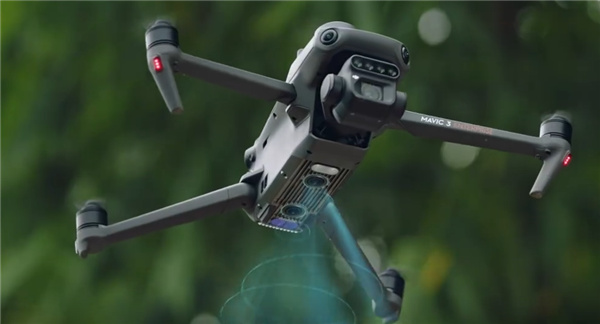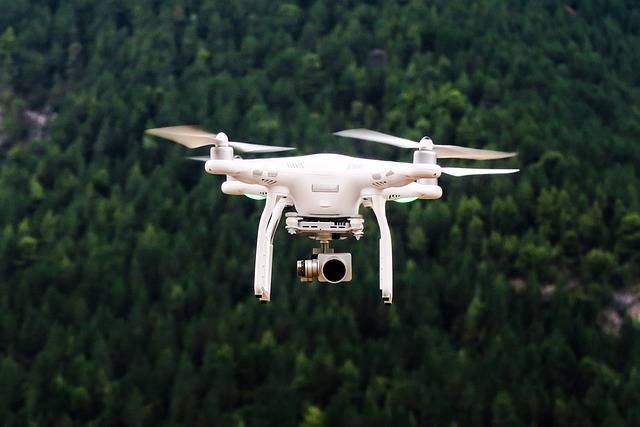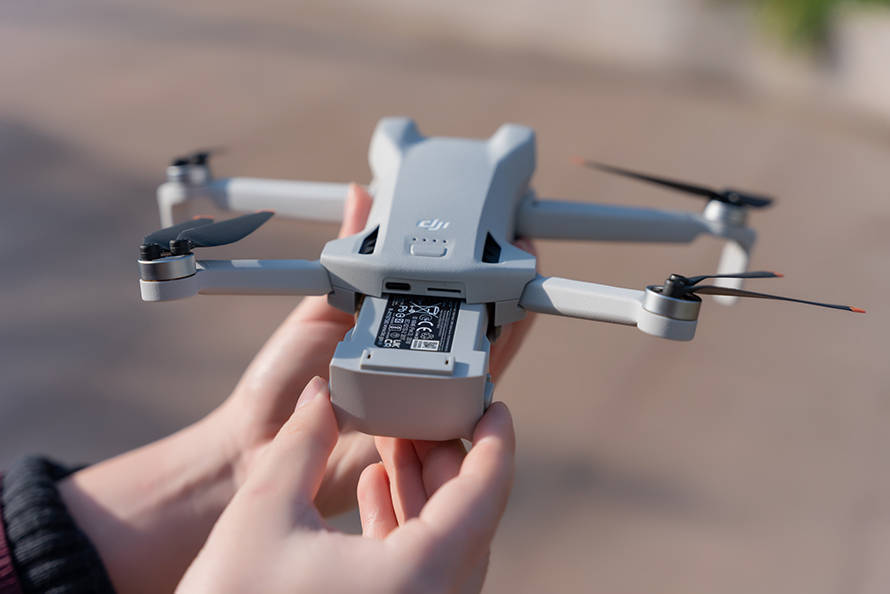Thermal imaging cameras for drones have revolutionized various industries by enhancing the capability to analyze thermal data from an aerial perspective. This technology, critical for both commercial and recreational drone users, opens new realms for applications such as surveillance, agricultural monitoring, search and rescue missions, and much more. Equipped with advanced features, a thermal imaging camera can detect heat signatures, analyze temperature variations, and deliver invaluable insights that aren’t visible to the naked eye.
Key Benefits of Using Thermal Imaging Cameras in Drones
The significance of thermal imaging in drones goes beyond just visually capturing scenes. It provides a keen insight into the thermal behavior of objects and environments. By using a thermal imaging camera for drone operations, one can accurately assess heat loss in buildings, detect moisture intrusions, and even locate wildlife from afar. This innovation is particularly advantageous in both urban and rural settings, offering precise measurements and facilitating proactive problem-solving.
Moreover, when integrated with drones, these cameras enable seamless monitoring over expansive areas that would otherwise be inaccessible. The combination of aerial mobility and advanced thermal imaging capabilities equips operators to handle tasks efficiently and with heightened accuracy.
Understanding Different Types of Thermal Imaging Cameras
Choosing the best thermal imaging camera for your drone application involves understanding the different types of sensors available. The most commonly used sensors include uncooled microbolometers and cooled photon detectors. Uncooled sensors are widely preferred due to their longevity and low maintenance, while cooled sensors offer greater sensitivity and resolution.
Application-specific Considerations
When selecting a thermal imaging camera for drones, consider factors such as sensor resolution, range, and compatibility with your drone. A higher resolution sensor offers detailed images, making it ideal for critical applications such as inspecting solar panels or electrical equipment under operating conditions. On the other hand, range is essential for applications requiring observation over vast areas, such as wildlife monitoring or environmental inspections.
Compatibility is crucial to ensure the camera operates smoothly with your existing drone setup and software. Some cameras come with proprietary software that facilitates seamless integration with popular drone platforms, enhancing operational efficiency and providing streamlined access to thermal data.
Popular Models and Brands
Among the popular models and brands available in the market, FLIR Systems, DJI Zenmuse, and Parrot Anafi Thermal stand out for their reliability and performance. FLIR Systems, known for its extensive range of thermal imaging cameras, offers robust features tailored for diverse applications. DJI Zenmuse is renowned for its high performance and integrative capabilities, suitable for various professional uses. Parrot Anafi Thermal, on the other hand, provides an excellent solution for compact and portable thermal imaging requirements.
Each brand offers distinct features and capabilities, so it’s important to assess what aligns best with your specific needs and budget.
Future of Thermal Imaging in Drone Technology

The future of thermal imaging cameras in drone technology looks promising with continuous advancements and innovation. Emerging technologies are likely to usher in precision-focused solutions that expand the scope of drone applications. We anticipate an increase in affordability, making high-resolution thermal imaging accessible to more users, from hobbyists to large enterprises. These developments will redefine how industries approach environmental management, infrastructure assessment, and security operations.
FAQs on Thermal Imaging Camera for Drones
- What is the typical range of a thermal imaging camera for drones? The range can vary depending on the model and sensor quality, but many models offer a detection range of several hundred meters.
- Can thermal imaging drones fly at night? Yes, thermal imaging cameras allow drones to operate efficiently at night by capturing heat signatures.
- Are thermal imaging cameras on drones weatherproof?
 Most high-quality thermal cameras are weatherproof and can operate under various environmental conditions; however, it’s best to check the specifications for any model specific limitations.
Most high-quality thermal cameras are weatherproof and can operate under various environmental conditions; however, it’s best to check the specifications for any model specific limitations.

